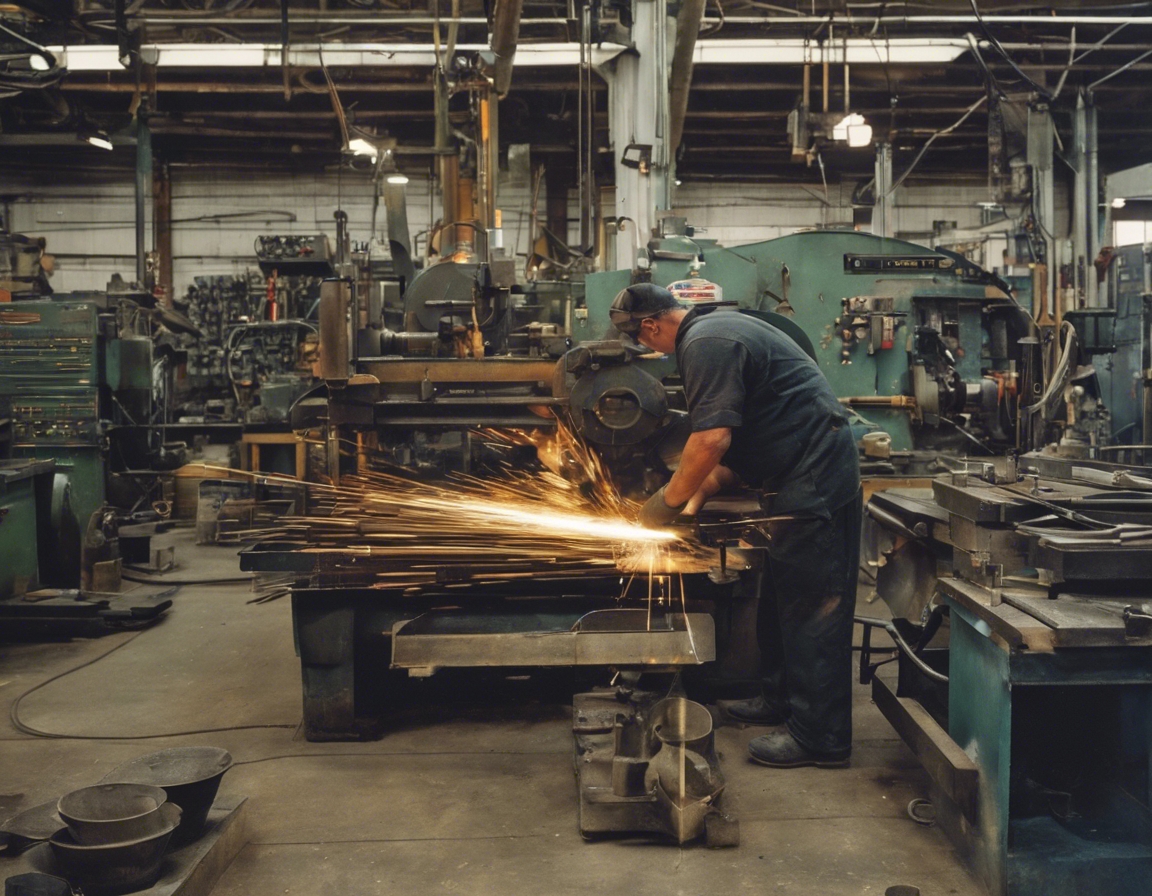Why clad plates are revolutionizing industries
Clad plates are composite materials that combine two or more different metals into a single, unified structure. They are produced by bonding dissimilar metals together, typically to combine the beneficial properties of both. This innovative material is gaining traction across various industries due to its ability to meet diverse and demanding engineering requirements.
From their early development to their current advanced state, clad plates have undergone significant transformation. Initially, they were used to provide corrosion resistance; however, today's applications are much broader, encompassing strength, durability, and thermal properties.
The Advantages of Clad Plates in Industry
Clad plates offer superior strength, corrosion resistance, and thermal conductivity. By combining materials like stainless steel with carbon steel or aluminum with titanium, industries benefit from the best attributes of each layer.
Despite their advanced capabilities, clad plates can be more cost-effective than using solid alloys. They reduce material costs by using expensive, high-performance alloys only where needed.
Clad plates can be tailored to specific applications, offering unique shapes and sizes that are not possible with traditional monolithic materials. This allows for innovative design solutions in complex projects.
The robust nature of clad plates makes them ideal for high-pressure, high-temperature environments, significantly enhancing safety and reliability in critical applications.
By optimizing material usage and extending the lifespan of components, clad plates contribute to sustainability efforts and reduce the environmental impact of industrial operations.
Applications of Clad Plates in Various Industries
Clad plates are extensively used in the oil and gas industry for pipelines, pressure vessels, and structural components, providing corrosion resistance and strength in harsh conditions.
In the chemical processing industry, clad plates are utilized for reactors and storage tanks, offering protection against aggressive chemicals and reducing maintenance costs.
For power generation, clad plates are employed in boiler components and heat exchangers, ensuring high performance and longevity under extreme temperatures.
Clad plates contribute to the construction and infrastructure sector by enabling the creation of lightweight, durable structures with enhanced aesthetic appeal.
In marine engineering, clad plates are chosen for their ability to withstand corrosive sea water, making them ideal for shipbuilding and offshore platforms.
Innovative Manufacturing Techniques for Clad Plates
Explosion welding is a high-energy process that joins metals by driving them together at high velocities, creating a strong metallurgical bond.
Roll bonding involves the application of heat and pressure to bond metal layers, resulting in a clad plate with excellent integrity and bond strength.
Additional cladding techniques, such as laser welding and diffusion bonding, are also used to produce high-quality clad plates for specialized applications.
The Future of Clad Plates in Industry
As industries continue to evolve, clad plates are at the forefront of innovation, with new alloys and composites being developed to meet future challenges.
Investment in research and development ensures that clad plate technology will keep advancing, offering even greater benefits to industries around the world.





Comments (0)